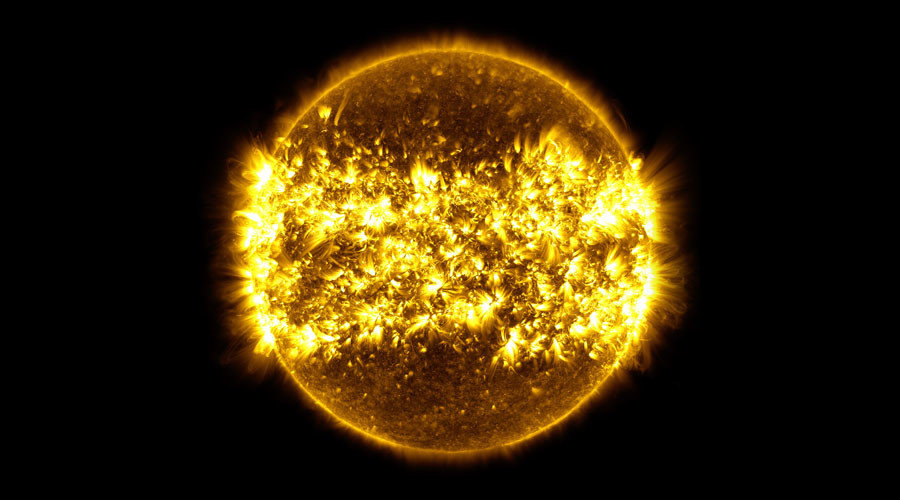
NASA's Solar Dynamics Observatory (SDO) satellite has been pointing its lense at the Earth's closest star for the past six years. Scientists have been using images taken daily by the SDO spacecraft to keep tabs on turbulent space weather such as solar flares and bursts of plasma and gas emitted from the sun's atmosphere.
The SDO was meant to be operational for only five years but, a year past its use-by date, it continues sending back data to its base in New Mexico - enough to fill a CD every 32 seconds. Each frame from NASA's latest timelapse represents about an hour on Earth and gives a stunning one-year glimpse of the sun not normally seen by the human eye.
NASA solar physicist Nicholeen Viall explains how the condensed footage gives an "extreme ultraviolet" view of activity within the solar corona, the sun's atmosphere.
She pinpoints the formation of gaseous explosions known as prominences escaping from the surface: "My favorite thing is that all these magnetic loops that you can see on the sun, how dynamic these magnetic loops are, just telling us how much change and evolution and activity there is on the sun at all scales."
Late last year, the space agency released an ultra-high definition, 30-minute video of the glowing orb, showing solar flares exploding on its surface and energy being ejected into space.



Reader Comments
to our Newsletter